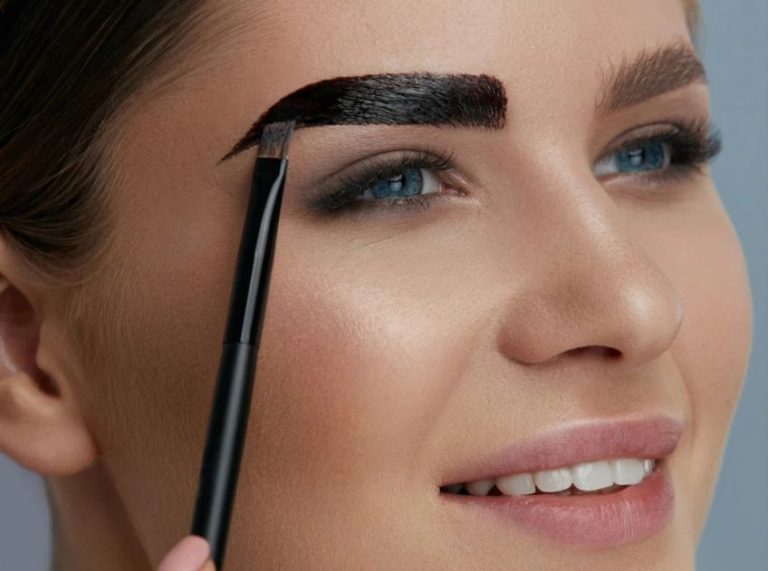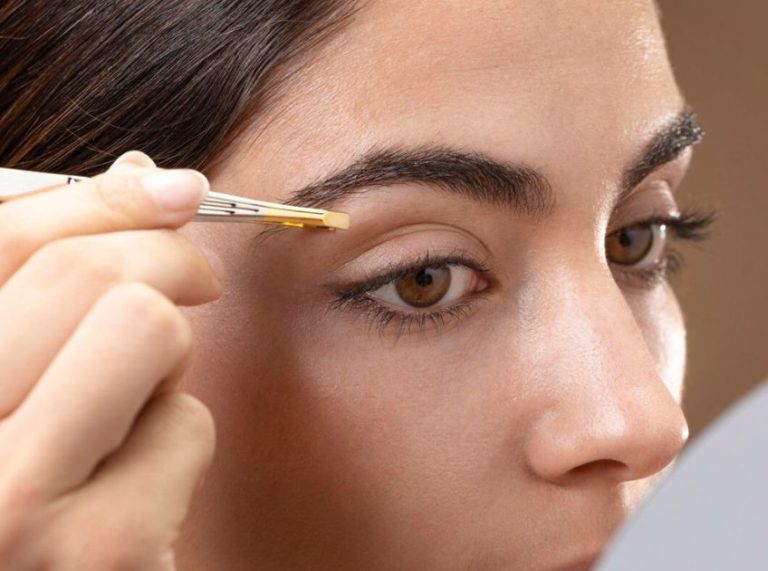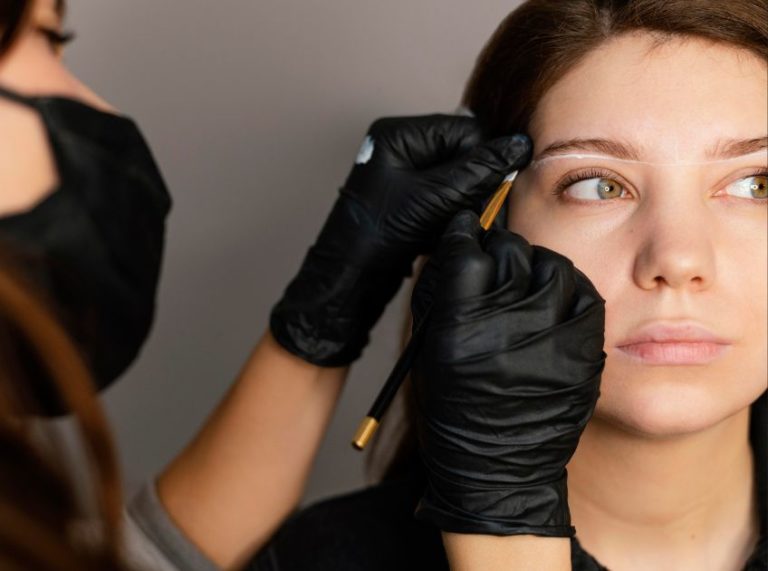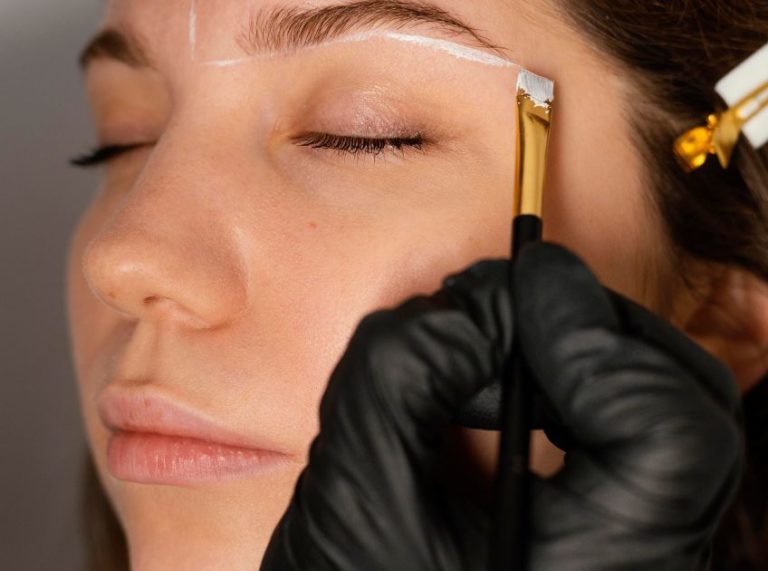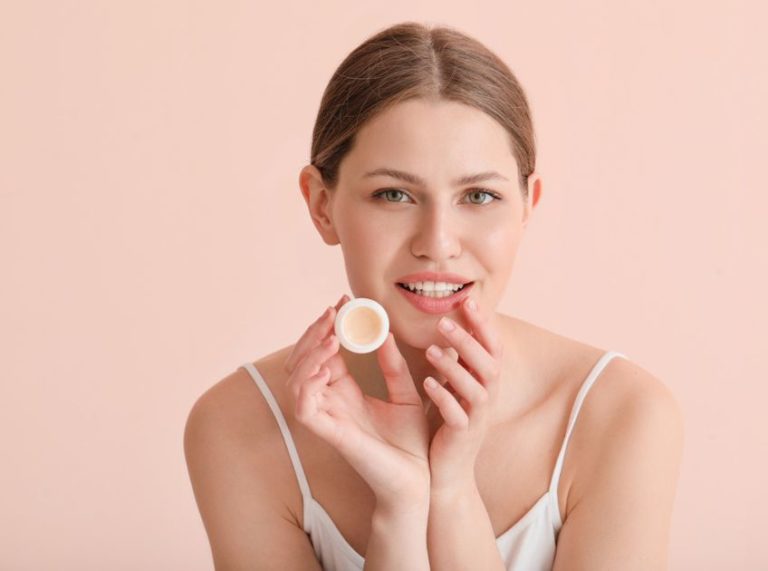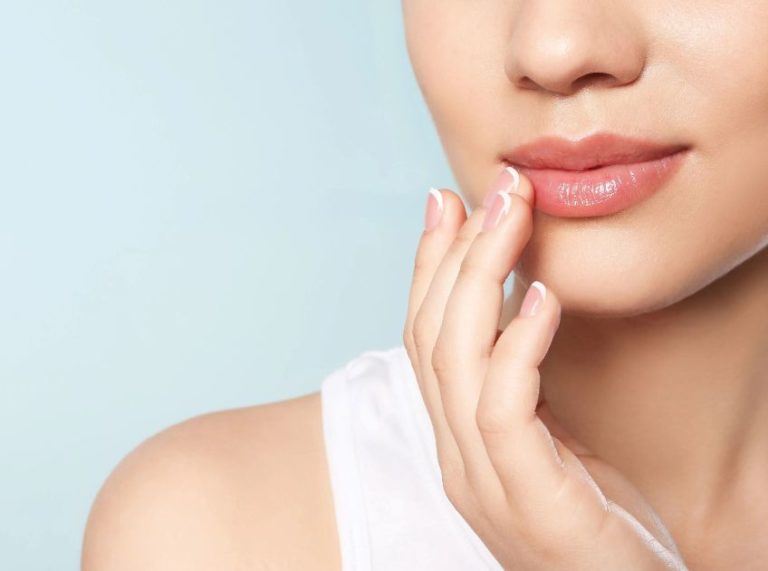
Important: This article is for informational purposes only. Please read our full disclaimer for more details.
As skin matures, so should your makeup routine. What once looked fresh and flattering in your 20s and 30s might now settle into fine lines, highlight texture, or even make your skin appear older. The key to enhancing mature skin is subtle enhancement—bringing out your features without drawing attention to the natural signs of aging.
In this expert guide, we reveal the top makeup tips every woman over 40 should know. With the right techniques and formulas, you can achieve a smooth, youthful, and glowing look—no filters needed.
Article Contains
- Hydration is Your Best Primer
- Choose Lightweight, Luminous Foundations
- Apply Less Product With Strategic Coverage
- Cream is Queen: Skip the Powder Overload
- Brighten the Eyes with Neutral Tones
- Define Without Harsh Lines
- Don’t Forget the Brows
- Go for Lipsticks with a Satin or Cream Finish
- Use Highlighter Strategically
- Refresh With a Facial Mist
1. Hydration is Your Best Primer
Why it
As skin ages, it loses moisture and elasticity. A hydrating skincare routine is the foundation of flawless makeup.
Tip
Start with a plumping moisturizer or a hydrating primer containing hyaluronic acid or glycerin. It fills in fine lines and creates a smoother canvas for your makeup.
Avoid
Matte or pore-filling primers that can emphasize dryness or texture.
2. Choose Lightweight, Luminous Foundations
Why it
Heavy or matte foundations can settle into wrinkles and make skin look dry or cakey.
Tip
Go for a sheer-to-medium, dewy-finish foundation. Liquid formulas with a radiant finish boost glow and mimic youthful skin. Look for “hydrating” or “serum-infused” labels.
Avoid
Full-coverage matte foundations—they can look mask-like and exaggerate creases.
3. Apply Less Product With Strategic Coverage
Why it
Less is more with mature skin. Caking on product can emphasize pores and lines.
Tip
Apply foundation with a damp sponge for light, even coverage. Then use a creamy concealer only where needed—under the eyes, around the nose, or on dark spots.
Avoid
Overloading your face with foundation and concealer—spot-treat instead of covering everything.
4. Cream is Queen: Skip the Powder Overload
Why it
Powder can cling to dry patches and fine lines, dulling your complexion.
Tip
Choose cream blush, bronzer, and highlighter for a soft, skin-like glow. Cream products blend seamlessly and move with your skin throughout the day.
Avoid
Over-powdering the face—use a translucent setting powder only on oily zones like the T-zone.
5. Brighten the Eyes with Neutral Tones
Why it
Dark or shimmery eyeshadows can draw attention to drooping lids or fine lines.
Tip
Stick to soft mattes and satins in taupes, warm browns, and rose tones. Apply a light shade across the lid and define the crease gently to lift the eyes.
Avoid
Heavy eyeliner or glitter shadows can age the eye area.
6. Define Without Harsh Lines
Why it
Harsh makeup lines (like thick eyeliner or contour) can look severe on mature skin.
Tip
Swap harsh black liners for soft browns or charcoal. Smudge with a brush or pencil for a more natural definition.
Avoid
Overdrawing or sharply lining features—blend well for a softer look.
7. Don’t Forget the Brows
Why it
Brows thin with age, but they frame your entire face.
Tip
Use a brow pencil or tinted gel to lightly fill sparse areas with feathery strokes. Choose a shade that matches your natural brow color or is one shade lighter.
Avoid
Overly bold or blocky brows—they can appear unnatural and harsh.
8. Go for Lipsticks with a Satin or Cream Finish
Why it
As lips lose volume and moisture, matte formulas can exaggerate dryness and fine lines.
Tip
Use a hydrating lip liner and fill in lips with creamy or satin lipsticks. Opt for mauves, rose, or peach tones for a youthful pop.
Avoid
Dry mattes or overly dark lipsticks—they can make lips look thinner.
9. Use Highlighter Strategically
Why it
A subtle glow can lift the face, but too much shimmer accentuates texture.
Tip
Apply a liquid or cream highlighter on the high points: cheekbones, brow bone, and cupid’s bow.
Avoid
Highlighter with chunky glitter—go for refined, light-reflective finishes.
10. Refresh With a Facial Mist
Why it
Makeup can start to look flat or dry as the day goes on.
Tip
Finish your makeup with a hydrating facial mist. It brings back a dewy finish and helps your products meld into the skin for a natural look.
Avoid
Skipping this step—it’s a game-changer for reviving mature skin throughout the day.
Frequently Asked Questions (FAQ’S)
1. What type of foundation is best for mature skin?
A. Liquid foundations with a dewy or satin finish work best for mature skin. Look for lightweight, hydrating formulas that offer light-to-medium coverage and contain skin-loving ingredients like hyaluronic acid or peptides.
2. How can I stop concealer from creasing under my eyes?
A. Use a small amount of a creamy concealer, apply it only to the inner corners, and blend with a damp sponge. Set lightly with a finely milled translucent powder, or skip setting powder altogether if you have dry under-eyes.
3. Should I still use powder if I have mature skin?
A. Use powder sparingly. Only apply a light dusting on oily areas like the forehead and nose. Skip powder on dry zones or where fine lines are prominent, as it can emphasize texture.
Final Thoughts
Makeup for mature skin is all about enhancing your natural beauty and embracing glow over coverage. With the right hydrating formulas, gentle techniques, and a lighter hand, you can achieve radiant, age-defying results. Think skin-loving products, subtle definition, and a luminous finish—and your makeup will work with your skin, not against it.

